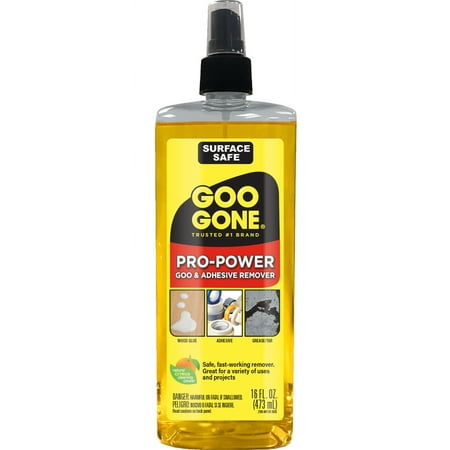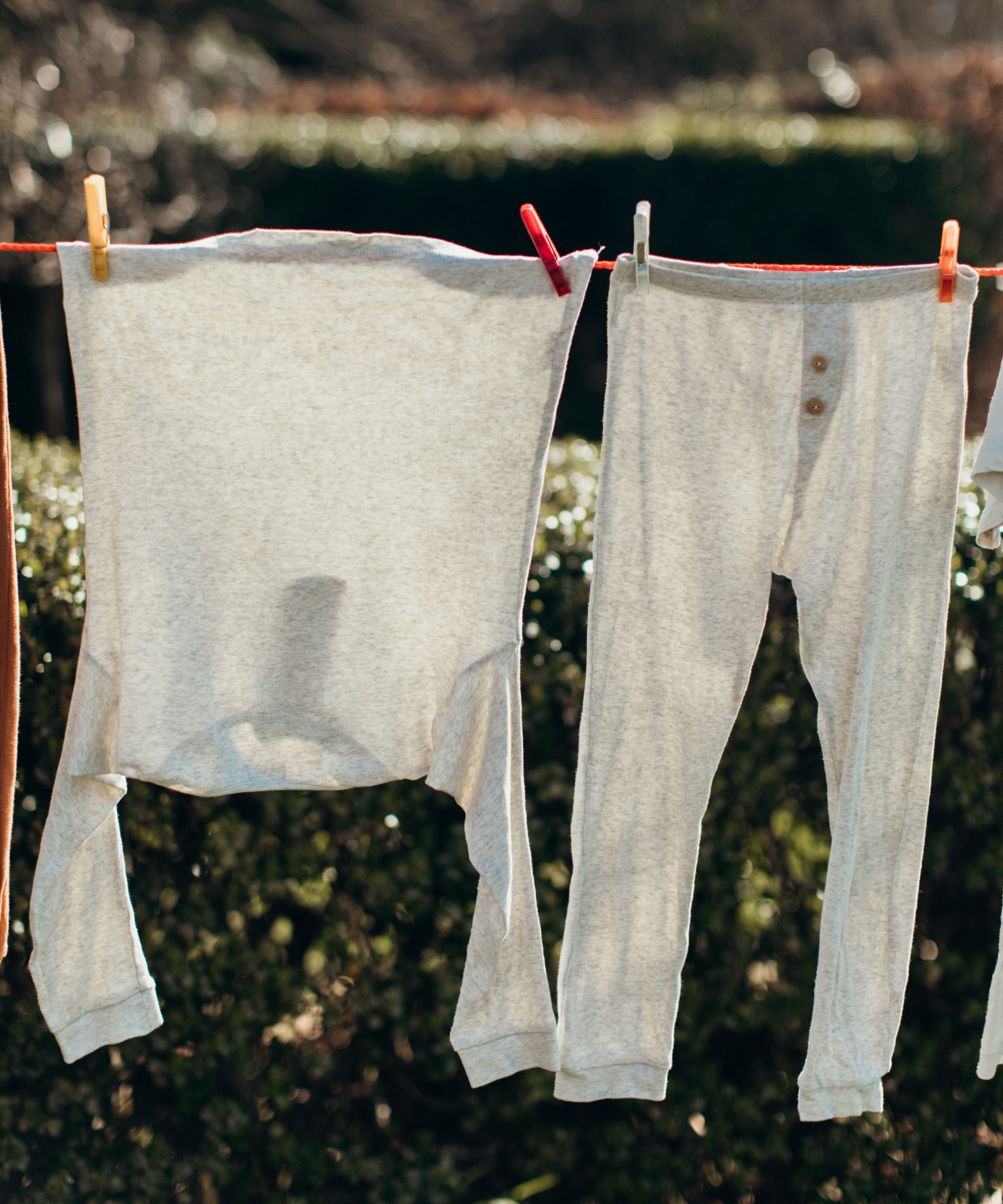How to get acrylic paint out of clothes in 6 simple steps – including a clever trick dubbed 'the artist's secret'
This expert-approved method will deal with acrylic accidents and have your clothes looking good as new


If there’s one thing that’s dubbed impossible to get out of clothes, it’s acrylic paint.
This fast-drying, thick paint looks beautiful on a canvas or even your furniture, but once splattered on your clothes, can quickly sink into the fabric and set for good. Luckily, however, there are ways to reduce and remove stains – but the key is to act fast, our experts say.
We spoke to our laundry experts to find out how to get acrylic paint out of clothes, and which products they really recommend, so you’ll know how to do laundry, even if it’s fallen foul to an acrylic accident.
How to get acrylic paint out of clothes
Step 1: Act fast

The most important step when it comes to successfully getting paint out of clothes is to act fast.
‘The key is catching the stain early before the paint fully dries,’ says Salvador Villareal, owner at VIP Cleaners, who has over 20 years of experience in removing tough stains. ‘Once dried, acrylic paint can bond strongly to fabrics and become nearly impossible to remove,’ he says.
If you catch the paint while it’s still wet, use a paper towel to blot the excess off, or use a blunt knife or old credit card to soak it. Be careful not to simply smudge or smear it, or rub it into the fabric, to prepare your garment for cleaning.
Villareal assures, ‘In some cases, it may take repeated treatments to fully eliminate the stain. But with the proper techniques and products, even dried acrylic paint stains can often be removed.’
Design expertise in your inbox – from inspiring decorating ideas and beautiful celebrity homes to practical gardening advice and shopping round-ups.
Step 2: Lift fresh stains

You might be asking, can I use dish soap to clean clothes? Dish soap is effective at lifting acrylic stains as it targets and help break down the oily base.
‘To get acrylic paint out of clothes, always try to use the least abrasive cleaning agents first,’ says Axel Avery, professional cleaner at Oakville Maids. ‘You don’t want to use something too abrasive. Soak the garment in hot water, and try using Dawn Dish Soap (available at Amazon). Using a wet paper towel, blot softly until the stain comes out. Don’t scrub because you’d be spreading paint instead of removing it.’
Daniel Brown, CEO of Handy Cleaners also recommends using glycerin, in a trick he dubs the artist’s secret. ‘Dried paint is softened by glycerin, often found in cosmetics, which makes it easier to remove,’ he says. ‘Apply a small amount of glycerin directly onto the stained area then wait for about ten to fifteen minutes, long enough to allow the paint to soften. Then, scrape using a blunt knife or spoon.’
Glycerin can be purchased from Amazon, and Brown recommends the Humco Glycerin USP Skin Protectant.
You can also, alternatively, use hairspray at this stage, particularly if the stain has already dried, says Brown. ‘It’s an unexpected hero. Alcohol in some hairsprays breaks down dried acrylic paint. Spray liberally onto the stained area, and leave for 5 minutes. The alcohol will help dissolve the paint, thus making it easier to blot or scrub off,’ and you probably have a bottle lying around your bedroom or bathroom.
Step 3: Rinse under cold water

This step is important, but cold water must be used, as hot water will further set stains.
‘Rinse the garment under cold running water,’ says James King, operations manager at DeluxeMaid, rated one of the best home cleaning services in Indianapolis. ‘Also, do it from the back of the fabric, so you can push the paint out the same way it went in,’ rather than pushing it further into the fabric.
Step 4: Use a stain remover

Even after using dish soap, glycerine or hairspray, it’s likely that there is still a visible stain on your clothes.
‘Use Grandma’s Secret Spot Remover Spray (which is a popular pick available at Walmart) or OxiClean MaxForce Laundry Stain Remover Spray (available at Amazon) on the stained area,’ recommends King. ‘Do a couple of spritzes, let it sit for about 10 minutes, and then use a brush to scrub the spot.’
We recommend using a scrubbing brush designed specifically for laundry for this, such as the BFWood Laundry Stain Brush available at Amazon, as the soft white boar bristles won’t damage fabrics in the same way other brushes, such as a stiff toothbrush, might.
Alternatively, for severe or stains, Villarreal recommends using a solvent as a stain remover. ‘To remove acrylic paint, I recommend using a solvent like lacquer thinner, acetone, or Goo Gone,’ he says. ‘Apply the solvent directly to the stain and blot with a clean cloth to lift as much of the paint as possible.’

This product works on a myriad of different surfaces, not just clothing. Use on stains and sticky messes, from gum to grease, on fabrics, fibreglass and tools. Goo Gone harnesses the power of citrus oils to remove residue and stains
Step 5: Wash your items in the washing machine

‘Launder the item on the hottest setting, using a heavy-duty detergent and bleach alternative, like OxiClean,’ says Villareal. OxiClean is available at Amazon and is Amazon’s Choice for tough stain removal, with 40% more whitening power than regular bleach.
If you want to try a more natural approach, King recommends washing your clothes with vinegar to lift stubborn stains.
‘Wash in the washing machine as usual with warm water temperature and your regular detergent,’ he says. ‘Then, during the rinse cycle, add a cup of white vinegar.
If the stain is still on the garment, go through the same steps again before drying it once more.’
Step 6: Air dry

Be sure to air dry any stained clothing, you really don’t want to set in any remaining stains before you have a chance to repeat steps four and five.
‘Instead of using the dryer, just let the clothes air dry,’ says King. ‘The heat from the dryer can really set any remaining stain, making it even tougher to remove.’
FAQs
Can you use hand sanitizer to get acrylic paint off your skin?
Hand sanitizer is very effective at removing stubborn ink stains from your skin that won’t budge with just water, and it can also be used for acrylic paint.
Rub it over the paint, and it should loosen it enough to wash off with soap and water.
Will WD-40 remove acrylic paint?
The jury is out as to whether WD-40 is an effective remedy to acrylic paint stains, but Brown reckons it could be a good solution.
‘It’s more than just a lubricant,’ he says. ‘WD-40 is able to break down even difficult substances like grease, tar, and acrylic paint.’
Spray the area sparingly and let sit for 5 to 10 minutes, before using a soft brush to work the product into the fabric, and rinse off using warm water. Be sure to then wash the item separately, as the WD-40 may leave behind an oily residue.
'With the right products and persistence, acrylic paint stains can often be eliminated from clothing and other fabrics,’ says Villareal. ‘The key is not to give up too easily. Treat the stain, wash the item, re-treat any remaining paint spots and repeat as needed.
'For valuable or cherished garments, seek professional dry cleaning help. We have the proper training, experience and commercial-grade products to tackle even the most stubborn acrylic paint stains.’
Still stuck? Brush up on the golden rules of stain removal, so you’ll know how to treat every stain.

Ottilie joined Homes & Gardens in 2024 as the News Writer on Solved, after finishing a Master's in Magazine Journalism at City, University of London. Now, as the Sleep Editor, she spends her days hunting deals and producing content on all things sleep – from mattresses and sheets to protectors and pillows, all of which she tests in her own home. She also has particular expertise in home fragrance, covering everything from candles to reed diffusers.
Previously, she has written for Livingetc and Motorsport Magazine, and also has a Master's degree in English Literature and History of Art from the University of Edinburgh, where she developed a love for inspiring interiors and architecture.